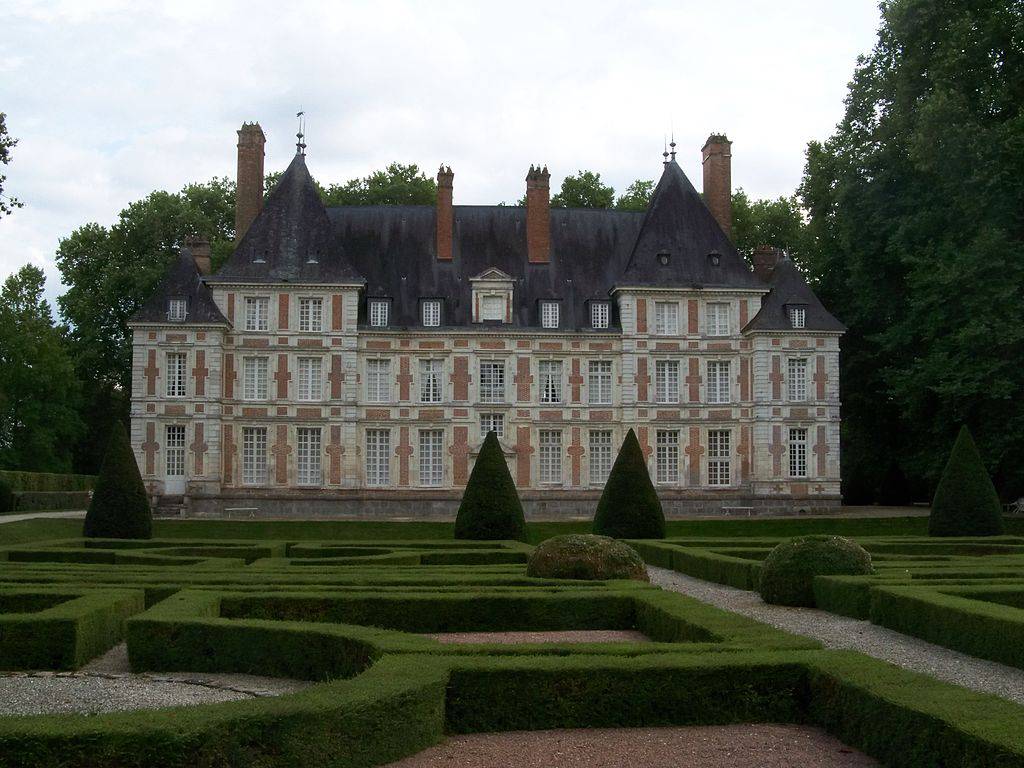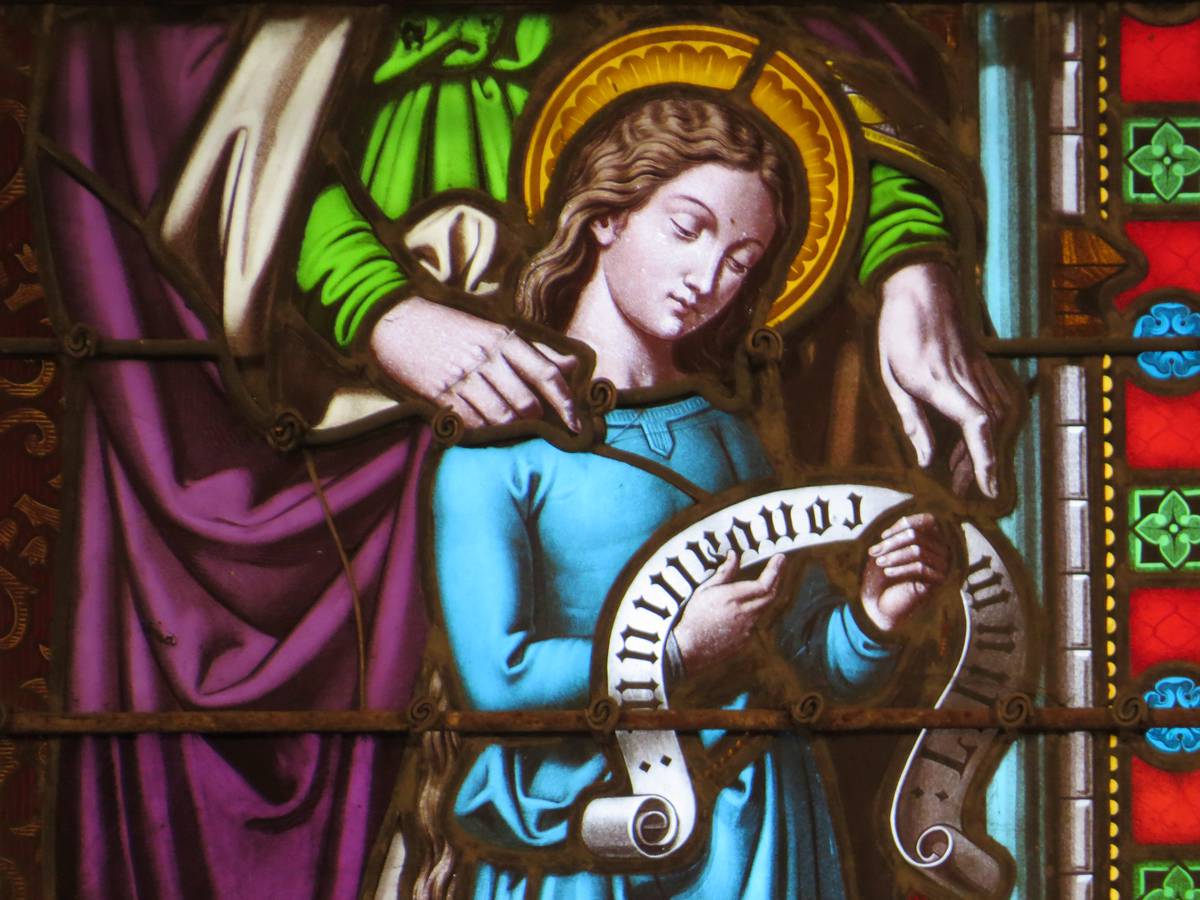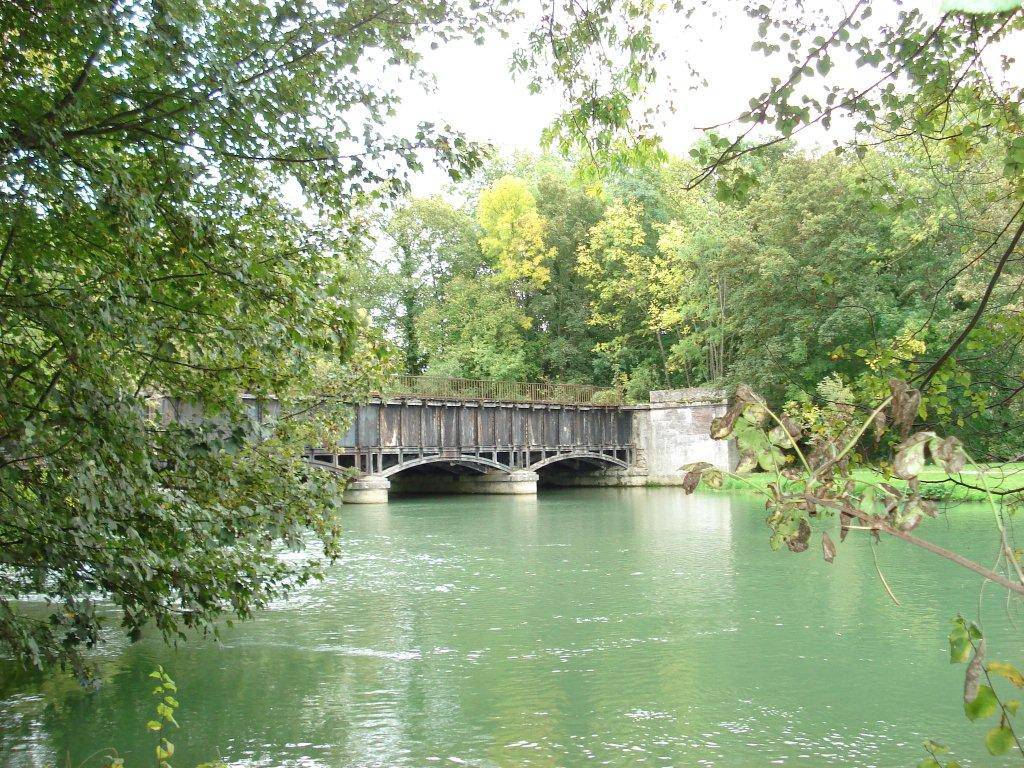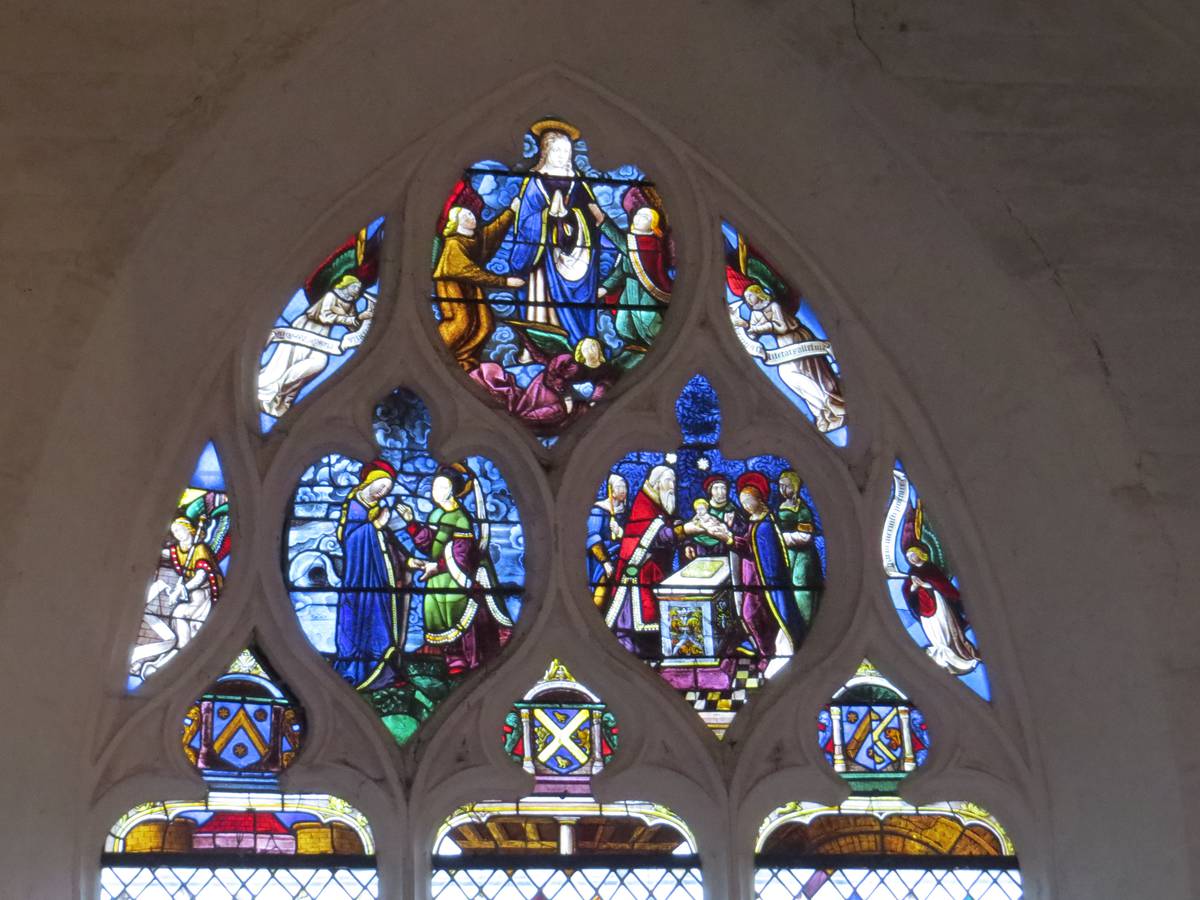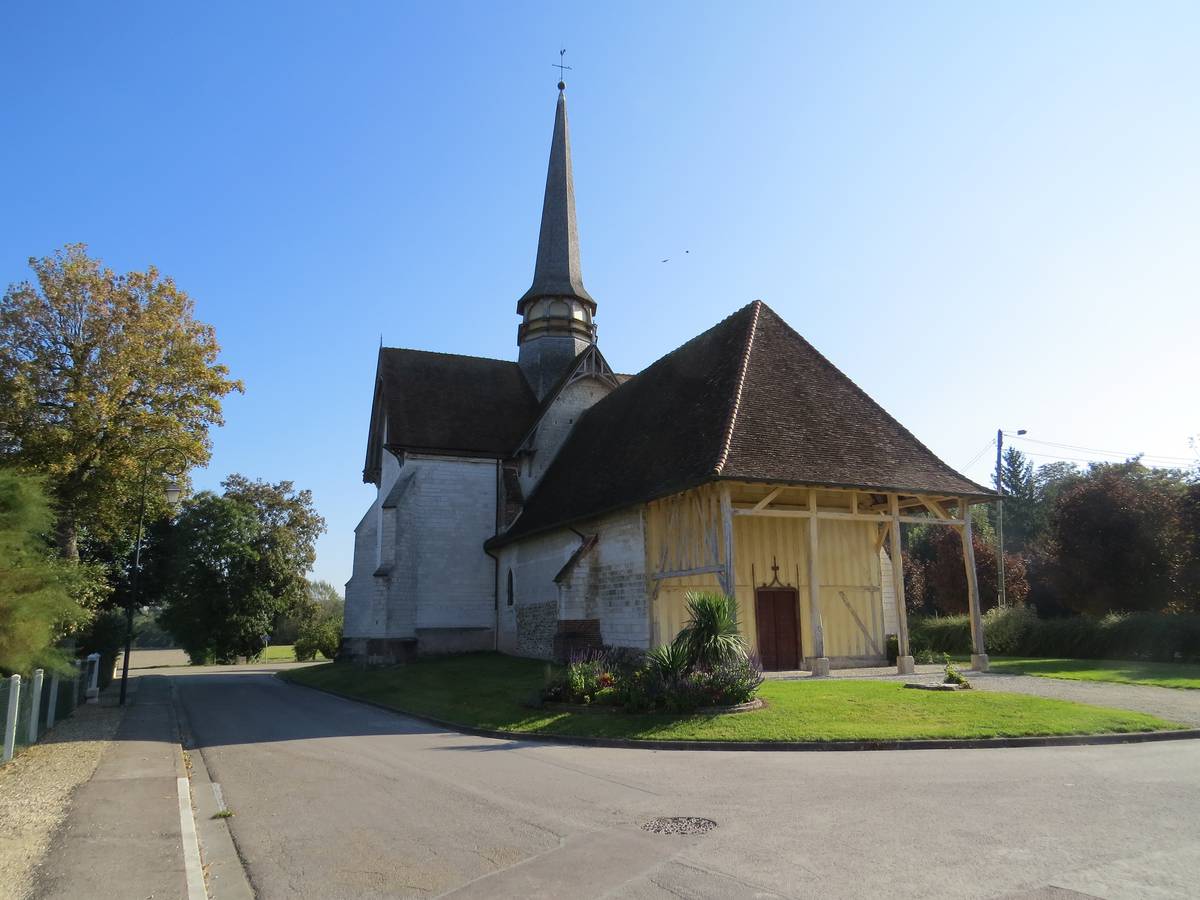This commune covers an area of 9.3km² and has around 1325 inhabitants who are known as ‘Barberotins’. It is located 5 minutes north-west of Troyes. The Troyes ring road goes through Barberey-Saint-Sulpice as well as the D21, the D91 and the D690, which goes through Ile-de-France.
Troyes-Barberey airport is less than 5 minutes from the middle of the commune and offers leisure flights. It is also around 10 minutes from junction 20 (Torvilliers) of the A5 from Paris and 13 minutes from junction 22 (Charmont-sous-Barbuise) of the A26 between Calais and Troyes.
Barberey-Saint-Sulpice has a nursery and primary school. The stadium where the commune’s football club trains is a few metres away. Barberey-Saint-Sulpice’s shopping centre is an attractive asset for the town. From the road to Sainte-Maure it is possible to join the cycle track where cyclists, roller skaters and walkers can enjoy a ride or stroll in the countryside a few kilometres from Troyes.
The greenway leads to an historic monument that was classified in 1980 and is evidence of the springing up of metal constructions during the 19th century. Restored in 2014, the iron canal aqueduct was constructed between 1847 and 1849 by the engineer Pierre-Olivier Lebasteur.
Since 1965, the Château of Barberey-Saint-Sulpice has also used nature to its advantage by developing its gardens and is now designated as a ‘Jardin Remarquable’. The current owners have completely renovated the château and its gardens.
The building is in the Louis XIII style with alternating brick and stonework and was built in 1626 for Jean le Mairat, lord of the manor of Barberey, which he inherited from his grandfather Louis le Mairat, mayor of Troyes during the 1580s. The château has been listed in the supplementary inventory of historic monuments since 1930 and its façade and roof have been classified as historic monuments since 1980.
The commune of Barberey gets its suffix from the church of Saint-Sulpice. It dates from the 16th century, apart from its nave, which is Romanesque (10th-12th century). It has been listed as an historic monument since 1925. Saint-Sulpice is most remarkable for its renaissance gallery decorated with carved wooden scrolls and fantastic figures within medallions, interspersed with fluted columns.
It is classified as an historic monument along with other furnishings such as a painted and gilded oak cupboard dating from the end of the 18th century, a carved, painted and gilded oak reliquary bust of Saint-Sulpice from the 17th century, the memorial stone of Claude Louis Bruslé, Prefect of Aube who died in 1825 and a polychrome limestone statue of Saint Sebastian from the 16th century.
Next to the Mairie there is an obelisk on a pedestal supporting the carved bust of a soldier that stands as a memorial to those killed in the First World War. Plaques on the sides remember those who died in the 1870-71 war, the Indochina war and the Second World War.
TO FIND OUT MORE
>>> Commune website
>>> Accomodation
>>> Catering
>>> Shops and Services
